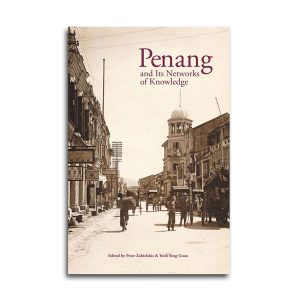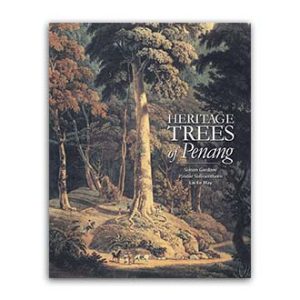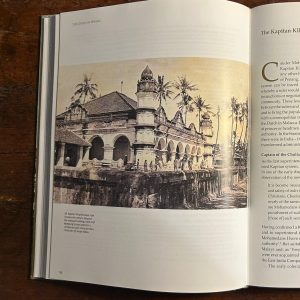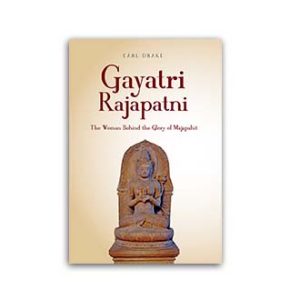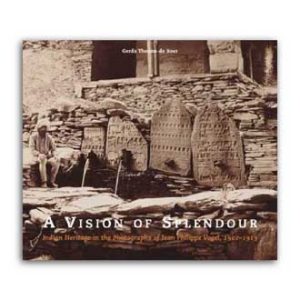William Daniell (1769-1837) and his uncle Thomas Daniell (1749-1840) established their reputations in India where they lived and painted between 1776 and 1793. William was only 16 when he began his travels, and after returning to England the two of them published several volumes of aquatints China. There are no records of the Daniell visiting Penang, but they were of course familiar with the topography and vegetation of the East Indies. Because of their fame in production of the aquatints, it is not surprising that Captain Robert Smith (1787-1873) of Bengal Engineers turned to the younger Daniell to produce the set of aquatints known as Views in Prince of Wales Island based on his original drawings and paintings made in 1818. Smith had been appointed Military Engineer to the Presidency Government, arriving at Penang on 1 July 1816, and is best remembered for constructing St George ‘s Church. Before his departure on leave to England in July 1819, a number of residents requested that he sketch various island scenes, and a subscription was opened in order that the ten selected views could be engraved in England. The Prince of Wales Island Gazette on 10 July 1819 reported that there were forty subscribers as of that date; each of whom would be entitled to two copies of the set. On 18 October 1820 the Gazette was able to report that Smith’s drawing “have been put into the hands of one of the most celebrated Artists of England, Mr. Wm. Daniell, who has engaged to execute the Engravings and have them ready for delivery in the month of February next. There are ten views including the Waterfall and Great Tree. The Engravings are to be coloured and are to be 28 inches in length with proportionate depth.”
Each set of the aquatints which appeared in 1821 includes the important panoramic view which serves as a location map and key to the topographical featured on the island and the mainland. Particular views were inscribed or dedicated to the personages who might have helped to underwrite the cost of production or were being honoured by Smith. Nine of the views and an additional one (View of Glugor House and George Town from the South) were also rendered as oil paintings attributed (with some uncertainty) to Smith himself. The oils and Daniell aquatints are among the most important heritage artifacts of Penang









